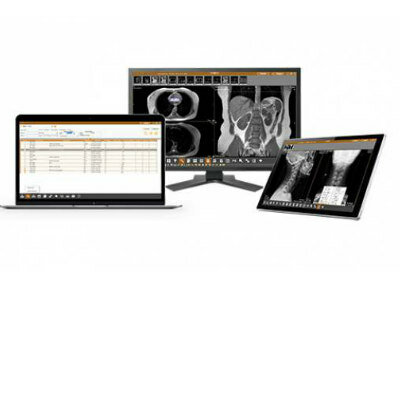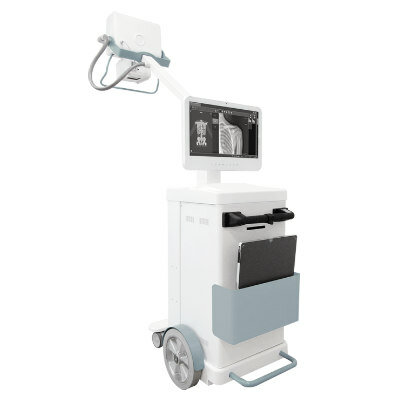Brain's Object Recognition System Triggered by Touch Alone
By MedImaging International staff writers
Posted on 15 Jun 2009
Areas of the brain that become active when people view images of objects compared to jumbled pictures can also be triggered by touch alone, confirmed a new neuroimaging report.Posted on 15 Jun 2009
The discovery was made by examining a man, known as HJA, with a condition called visual agnosia after suffering a stroke that left a large bilateral lesion in part of the brain important for object recognition, specifically in the lateral occipital cortex (LO). As a result, although HJA was not blind, he could not process visual input normally; objects appeared to him as unrecognizable jumbles.
"That's the nub of the paper,” said Dr. Harriet Allen, from the University of Birmingham (Birmingham, UK). "Part of the brain is for object processing irrespective of the sensory input coming in. It's difficult to imagine,” Dr. Allen said. "If he looked at a pen, he might see lines, but he couldn't say which were the pen and which weren't.” However, HJA could still recognize everyday objects by grasping them.
In the study, the researchers had HJA and control participants observe pictures of objects and scrambled images while they were being scanned by functional magnetic resonance imaging (fMRI), which measures brain activity based on changes in blood flow. Participants were also scanned while they touched objects with one hand.
Within a subset of the regions found in control participants, HJA showed activity only for tactile objects, the researchers reported, suggesting that these regions are specifically involved in successful multi-modal recognition. The study's findings show that activation of dorsal LO by tactile input is not secondary to visual recognition. Instead, it can operate directly through the sense of touch.
The study was published online on May 28, 2009, in the journal Current Biology. "Our data indicate, for the first time, that at least some regions in the LO can be activated normally from touch, even when input from ventral LO is lesioned and visual recognition is prevented,” the researchers wrote. "This is consistent with estimates of effective connectivity from fMRI that have implied that there are direct connections between somatosensory cortex and LO.”
When asked to recognize objects based on touch, early blind participants also show activation in similar brain regions, earlier studies have shown. However, they stated, in those who are blind the LO may be recruited to process information differently than it does in sighted people. "Here we provide evidence for dorsal LO activation being driven, in part, directly from touch in a normally developed brain,” the researchers reported.
Related Links:
University of Birmingham














